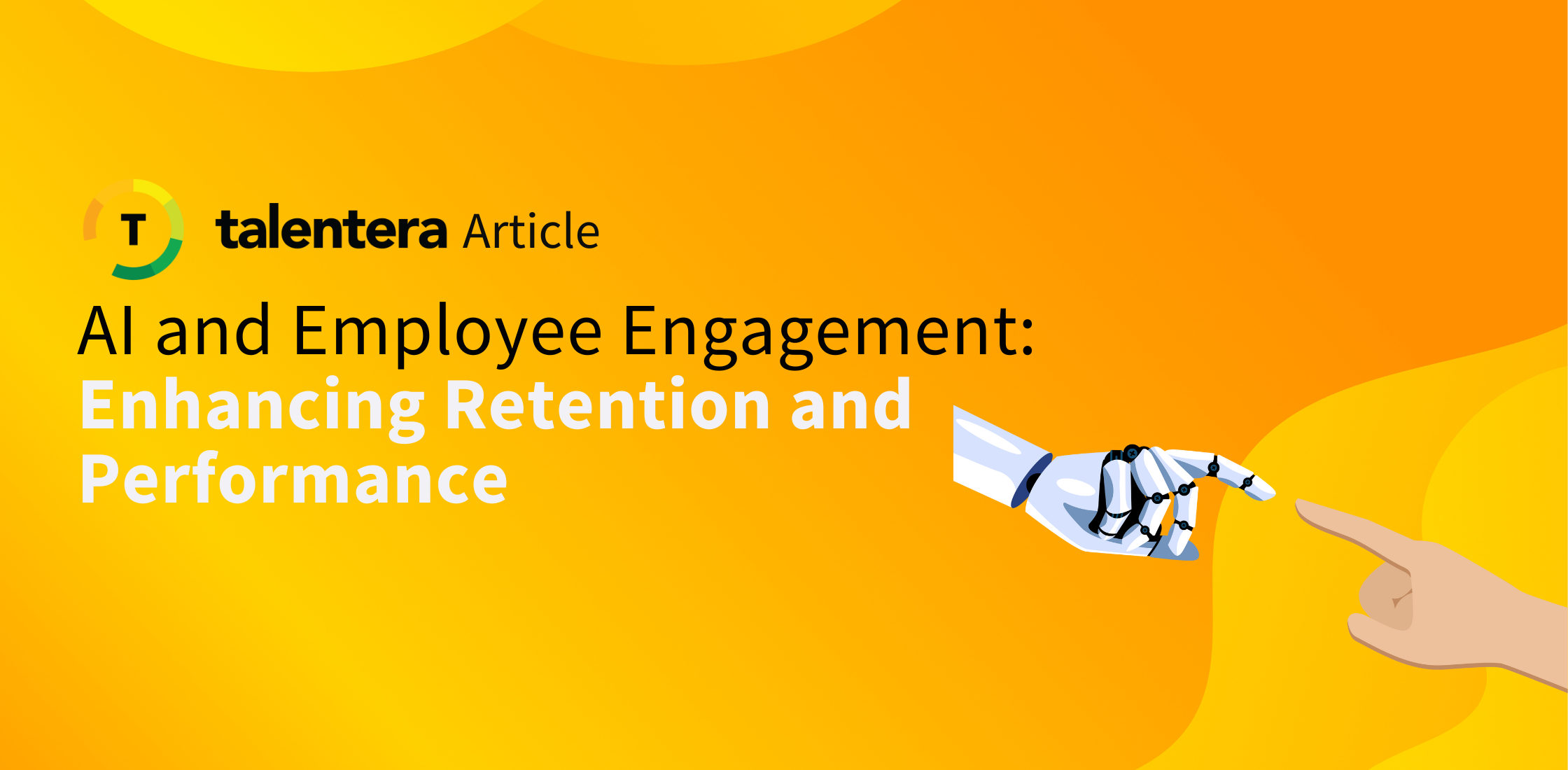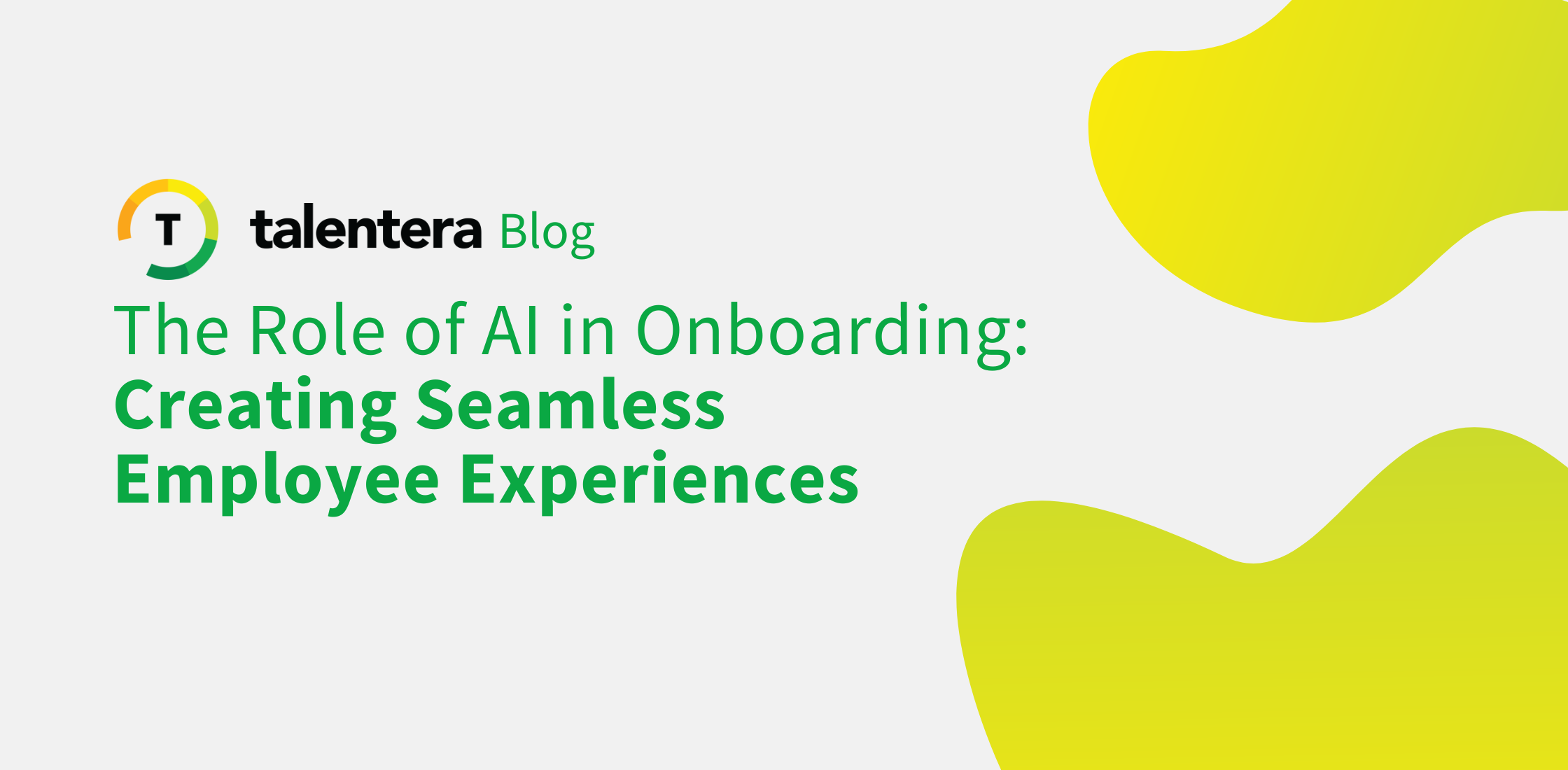
In the glorious words of Rupert Murdoch, “The world is changing very fast. Big will not beat small anymore. It will be the fast beating the slow.” Much like everything else around us, the rules of recruiting are fast changing and to stay competitive, you need to address them in your current recruitment strategy.
Here are the seven major developments that you need to be mindful of:
1. The war for top talent is intensifying
You might have had it easy looking for credentialed candidates so far but don’t count on that luck to last. According to CNN, the unemployment rate in the US dropped to 4.1% in 2017 being the lowest it has been in the past 17 years. What does this mean? Quite simply, it means that every qualified professional is already employed and looking for new hires this year is only going to be more difficult.
2. Professionals and job seekers are more empowered in this age
Another report from CNN Money reveals that changing jobs offers employees a higher salary jump than their annual increment does. This makes switching jobs for top professionals that much more lucrative in an employment landscape that is presenting more job openings than ever before. This puts candidates in the driver’s seat because they get to choose their employer instead of the other way around. Add to that the growing number of digital platforms that expose passive job-seekers to new opportunities and it becomes clear that qualified employees have plenty of information and options to make a switch.
3. The up-and-coming workforce doesn’t cut the same mold
With each progressing year, more and more professionals in the global workforce will comprise of Millennials, Generation Z and those that come after. Many organizations have already begun restructuring their employer brand and recruitment marketing strategies to meet the requirement of this new tech-savvy lot as being agile and innovative has become a necessity to grab and hold the interest of these younger candidates. You need to send out a message that resonates with their values, approach them through means that they frequent most, minimize the number of steps they need to take to engage with you and of course, make everything mobile-friendly if you want to stay in the game.
4. Job-shopping is the new thing
According to ERE Recruiting Intelligence, when it comes to the content that is most conducive to a job-seekers new employment decision, employer reviews on sites like Glassdoor and Indeed take first place with a 37% vote, followed by the company’s website and publications at 24% each. A bad review can cost you heavily, with every 1 in 3 candidates rejecting a job offer because of poor employer reviews, not to mention all the prospective hires you lose during the job-shopping phase. Takeaways? Focus on satisfying your current workforce too for successful future hires. Another important aspect is the candidate experience you offer during the job-shopping process. Even if applicants don’t convert to a hire, the impression you leave on them during the process also has an impact on word-of-mouth. Do you leave them with a positive impression to try again and refer others or do you leave them with a bad taste in the mouth and agitated with your process? Make sure your process has great communication and quick flows.
5. Social Recruiting is taking front seat
According to Jobcast, 73% companies have made successful hires through Social Media. With LinkedIn having grown to 500 million users and Facebook at 2 billion, it has become key to include these networks into your candidate sourcing and recruitment marketing strategy.
6. We’ve entered a freelance economy
All you need to do is look around your professional and personal network and you’ll notice that many people are doing something on the side. Be it freelancing, project-based work, a side business or even a blog, primary jobs are not the sole sources of income anymore. According to one report, over 44 million Americans have a side gig. With an increasing number of employers spreading work across geographies, allowing for flexible work policies and facilitating fluid jobs will play a huge role in creating appeal towards your company for work because the landscape of what constitutes an attractive job offer extends beyond just money and includes perks like the option to work from home, flexible work hours, employee health and work-life balance avenues.
7. Time is money, for real
We’ve already discussed how if you’re always looking for new candidates, they’re looking for greener pastures too. Moving quickly has become more important now than ever before. Crisp application processes, smooth candidate experiences, accelerated hiring processes and instant feedback is the name of the game. High caliber recruitment software help in achieving this through innovations in candidate sourcing, screening, and management. These tools take days, if not weeks, out of the hiring process making recruitment easy for both candidates and recruiters alike.
In your search for top talent, it’s essential for you to proactively study the constantly developing employment landscape to develop a sustainable competitive advantage for your company that acts as a magnet for star candidates.





